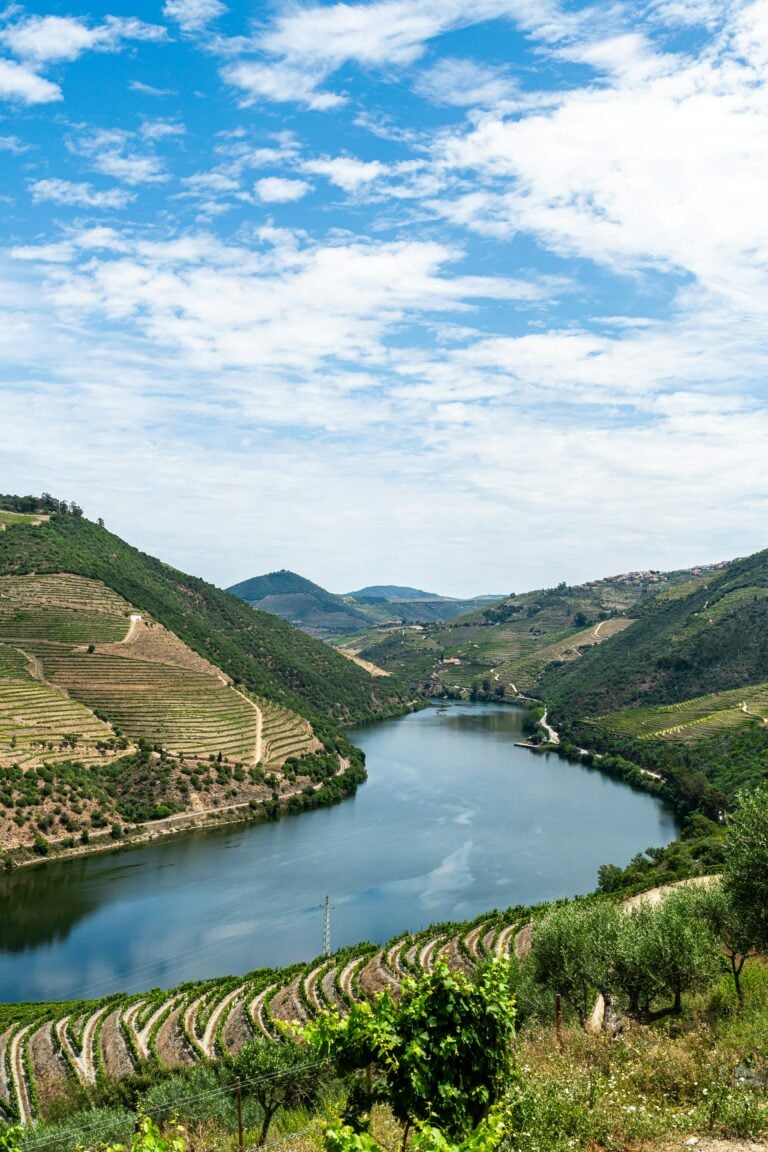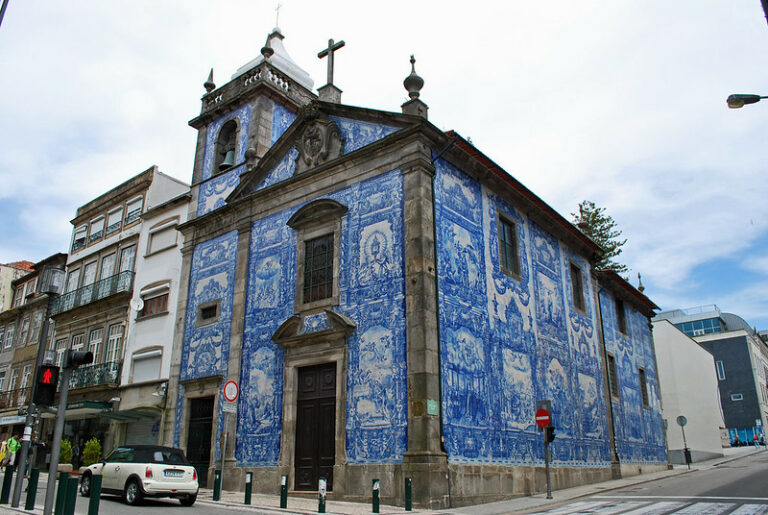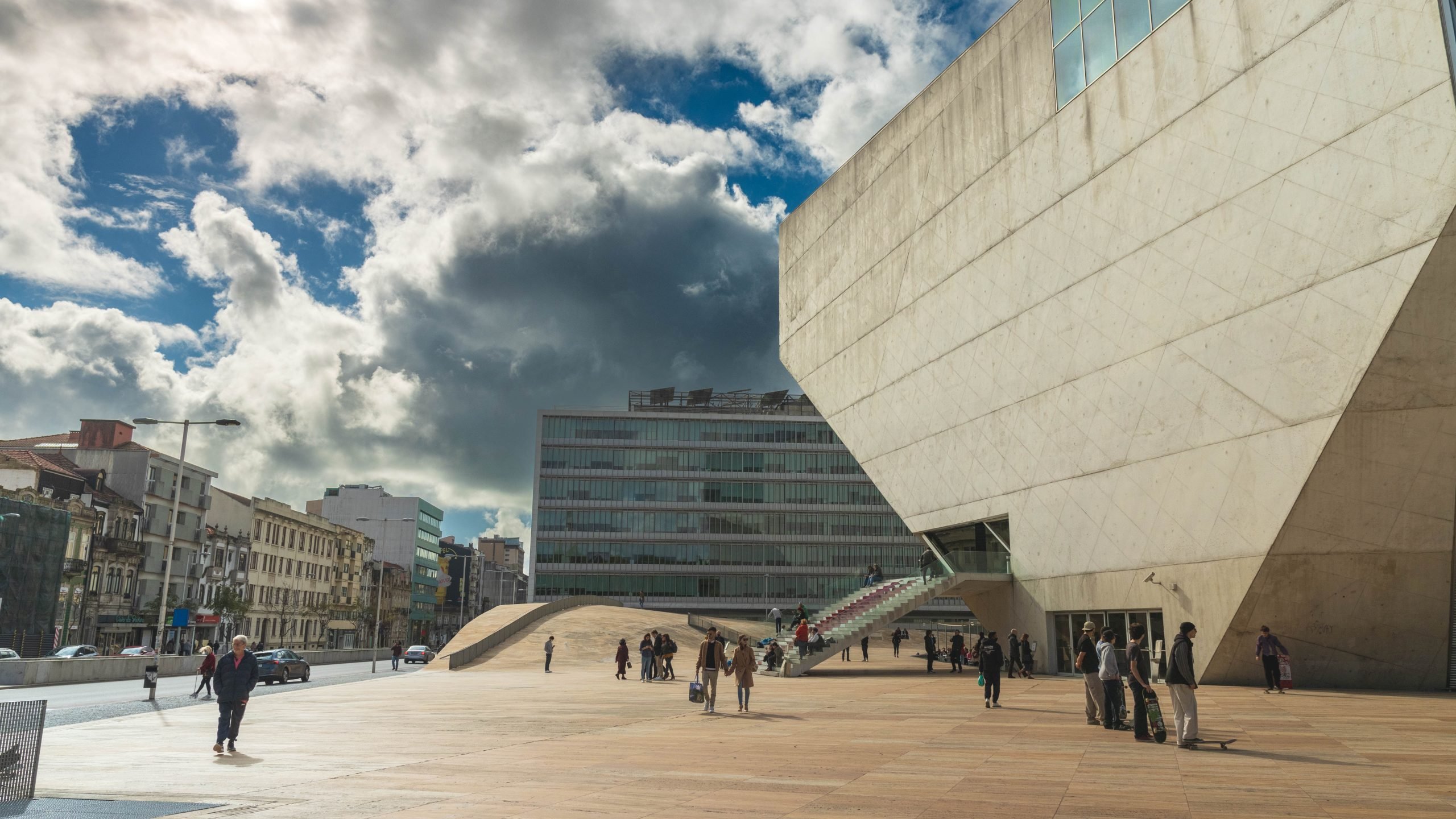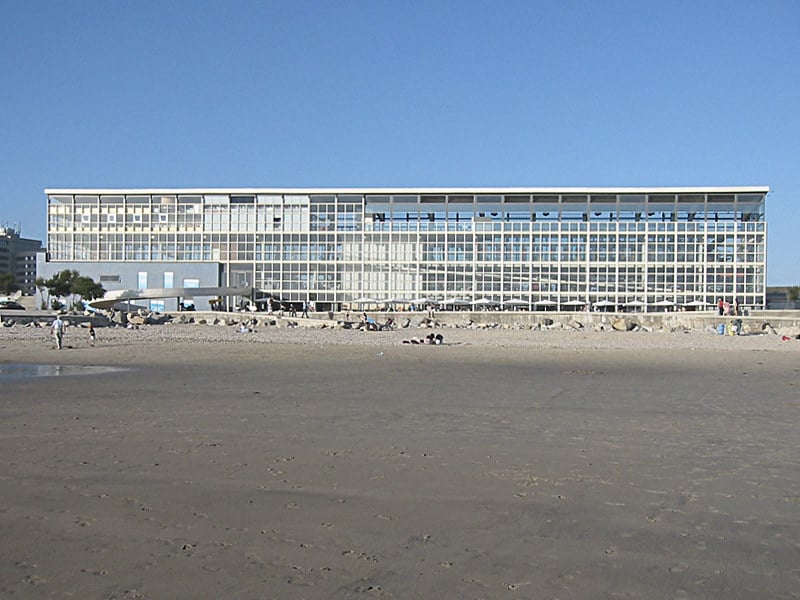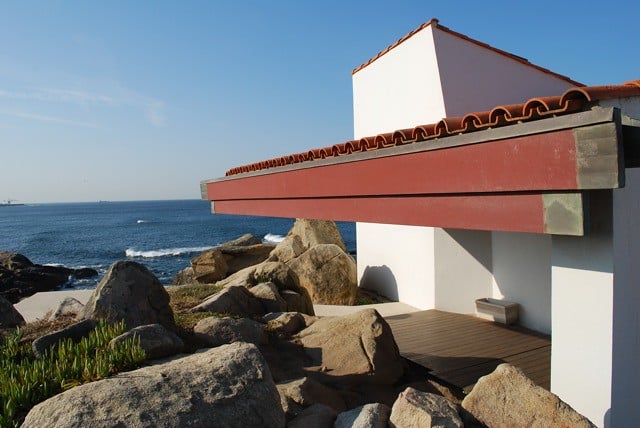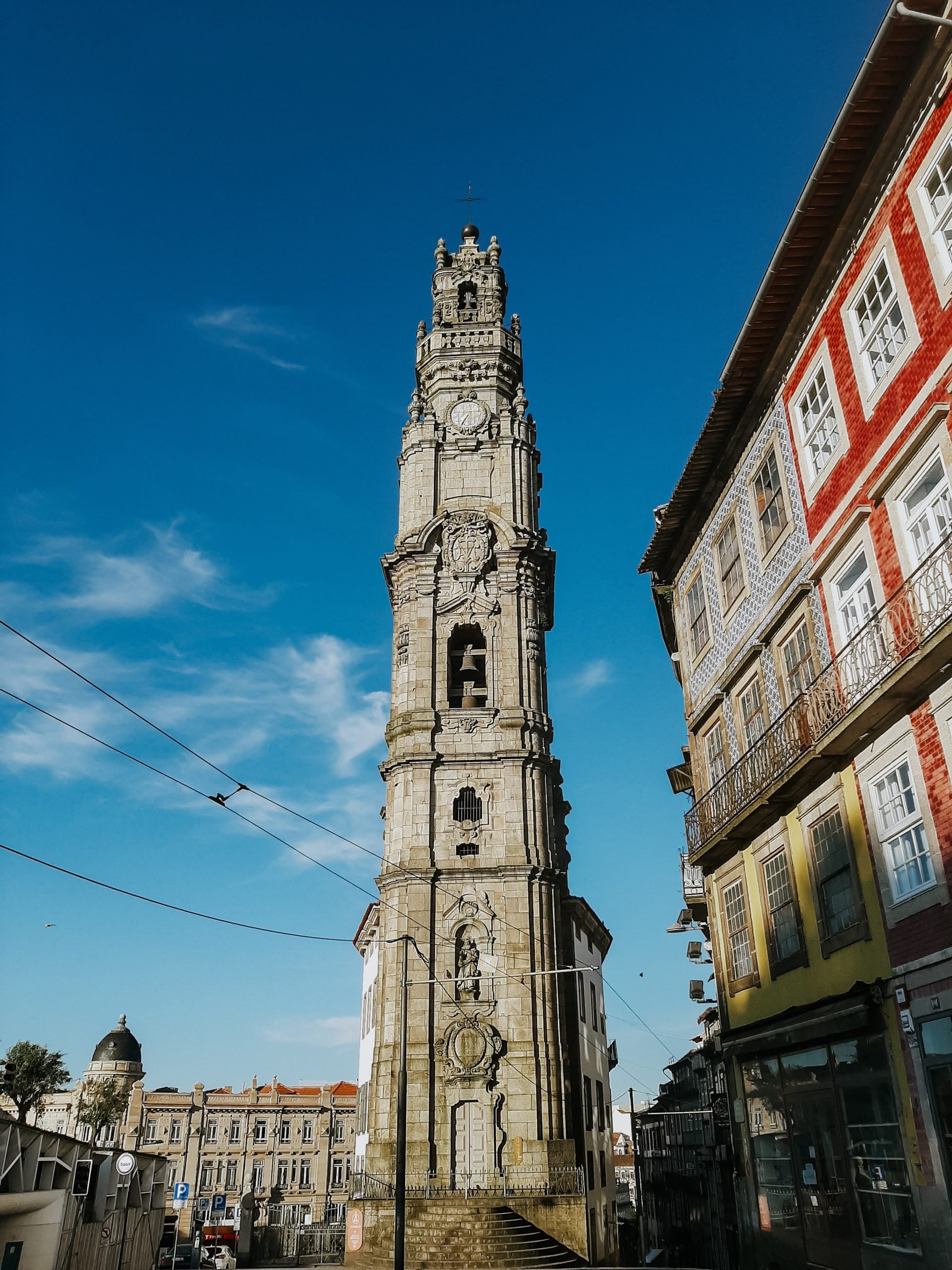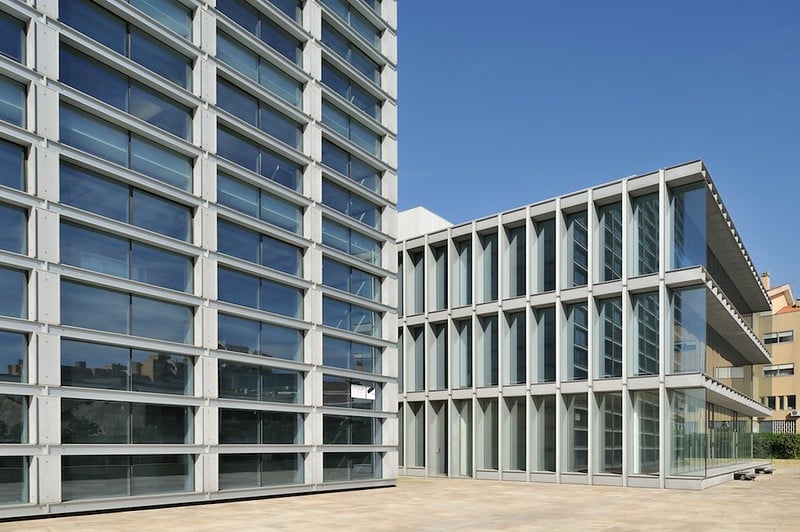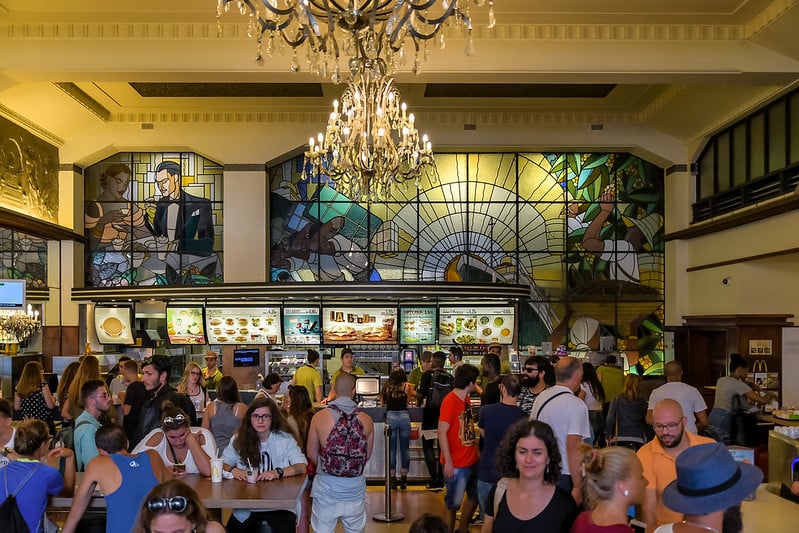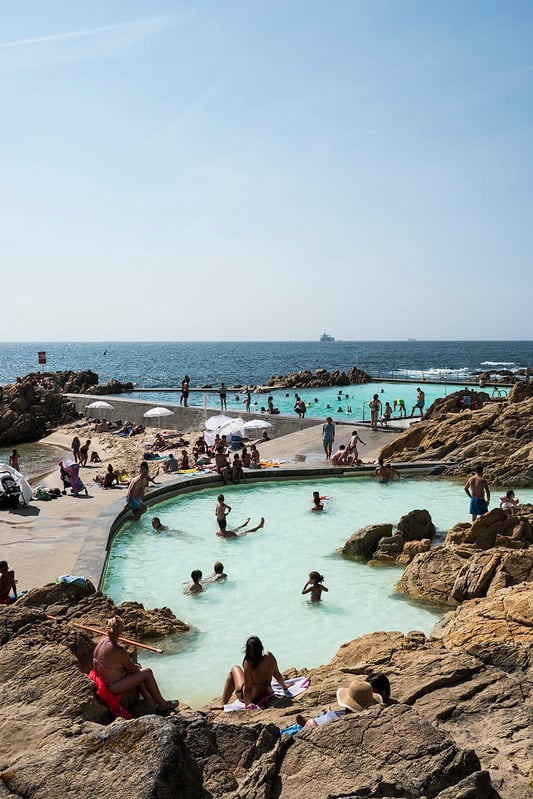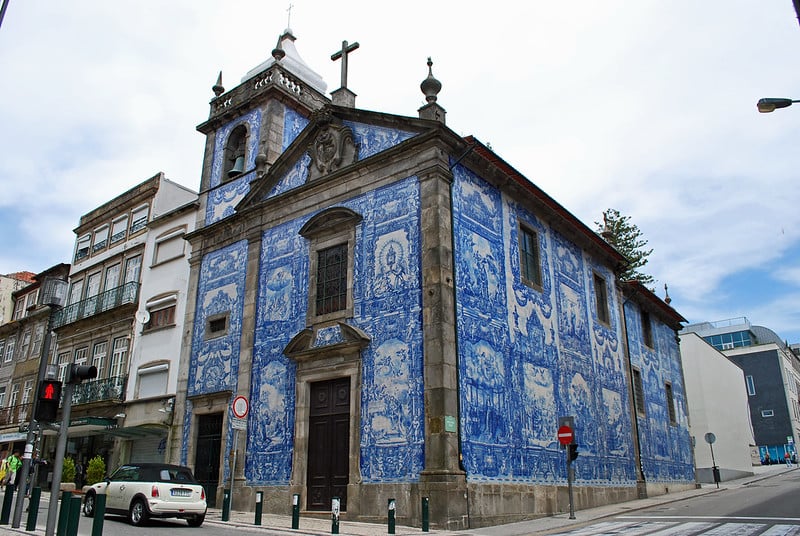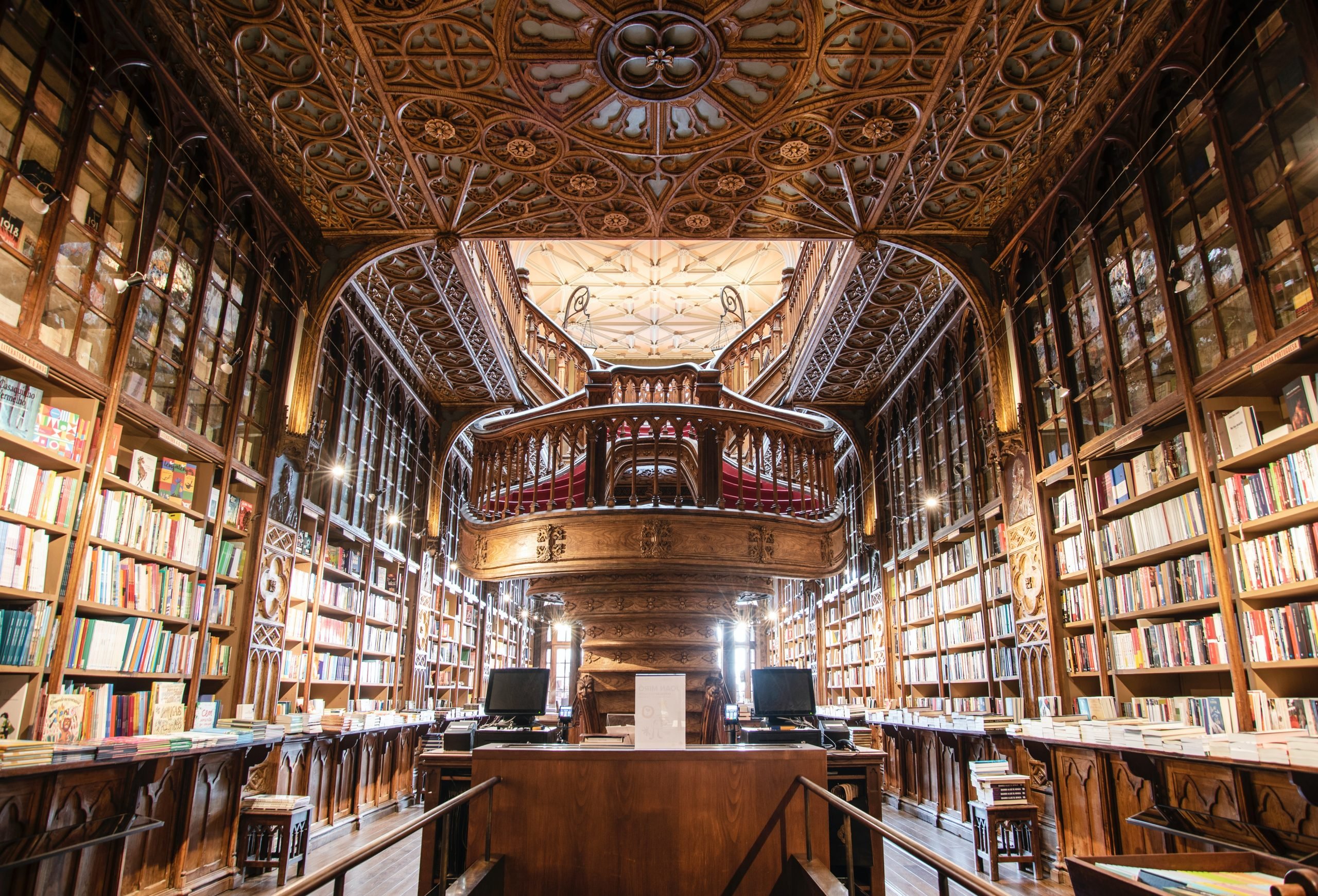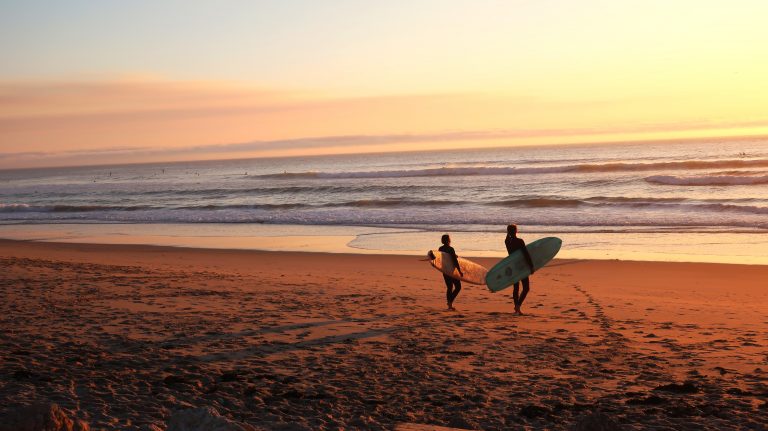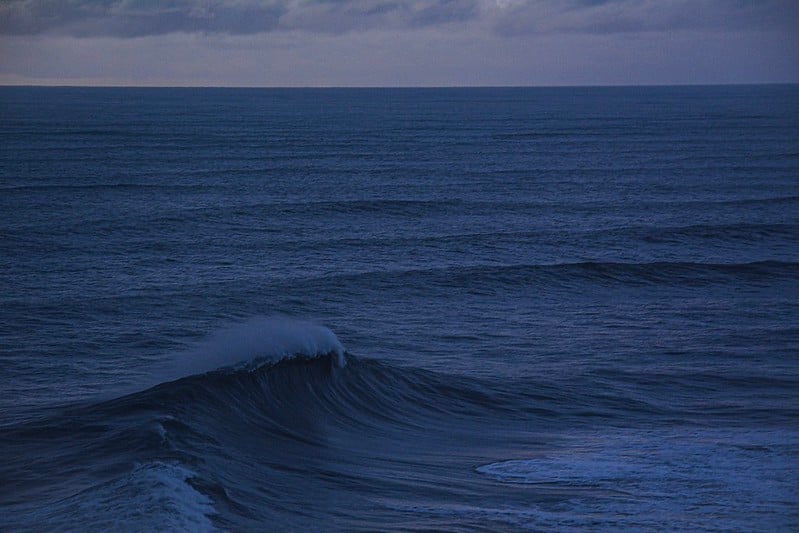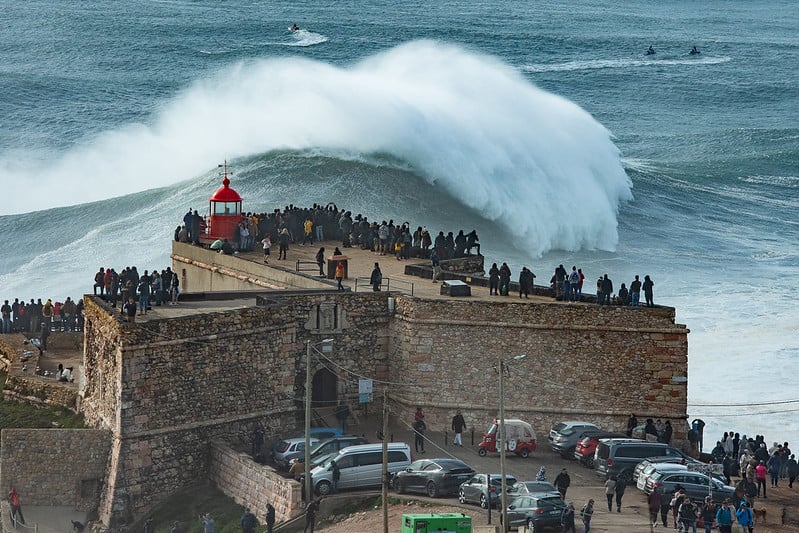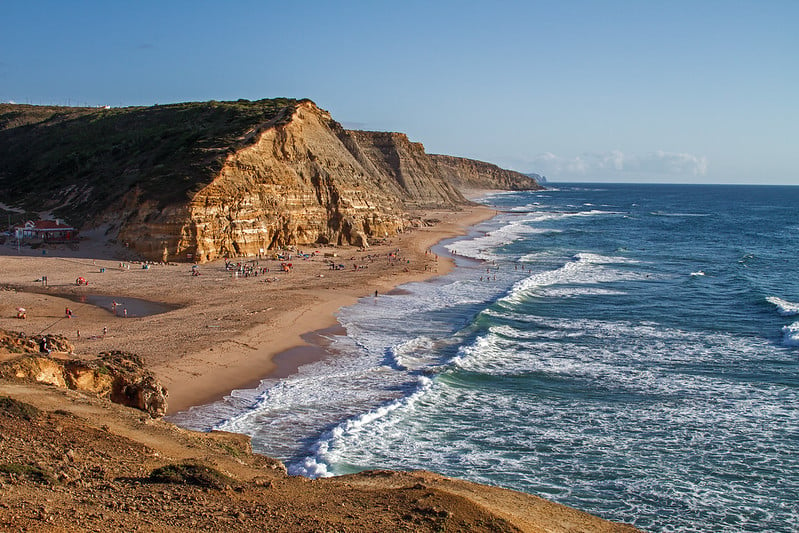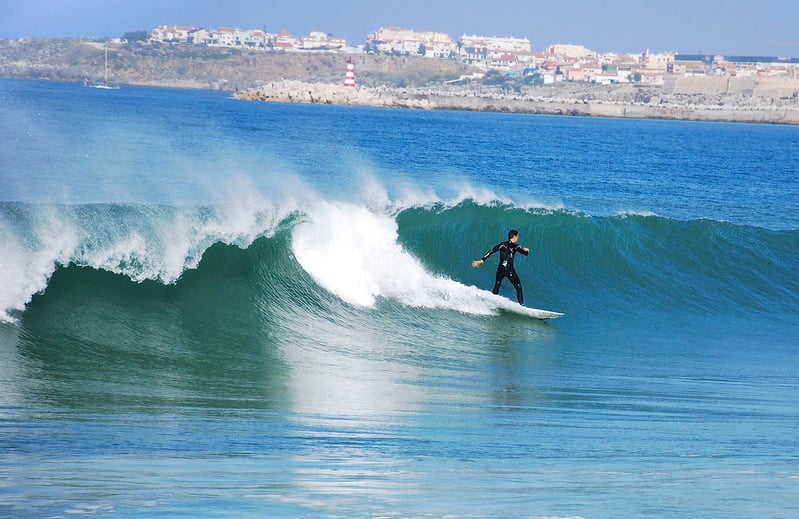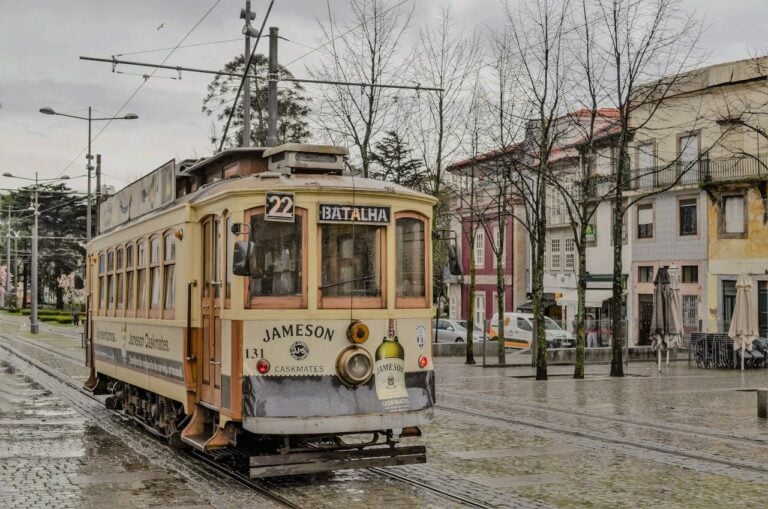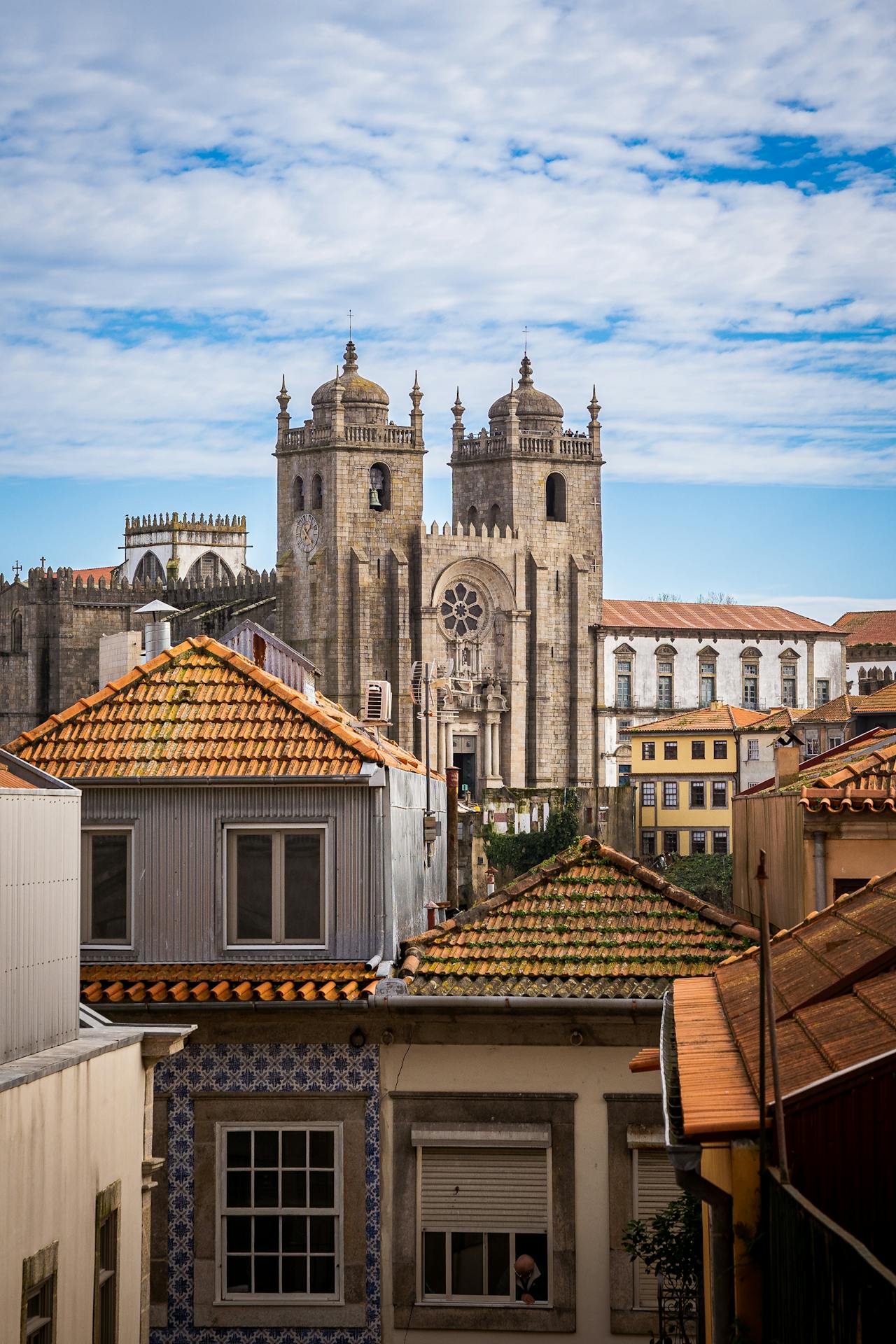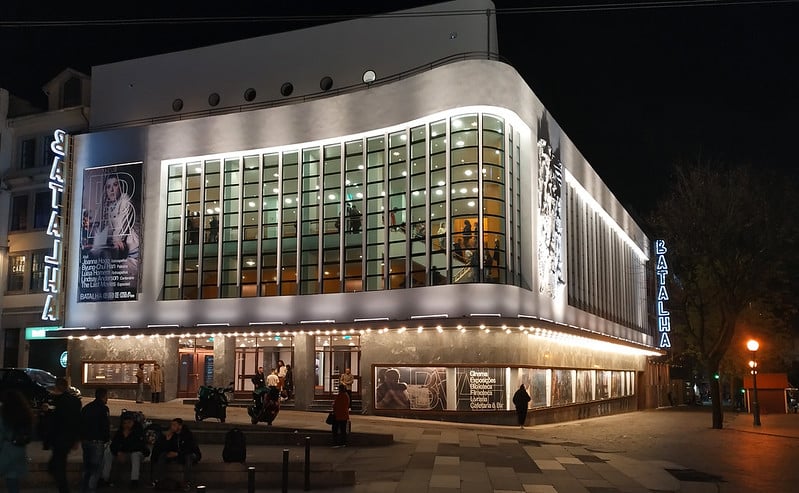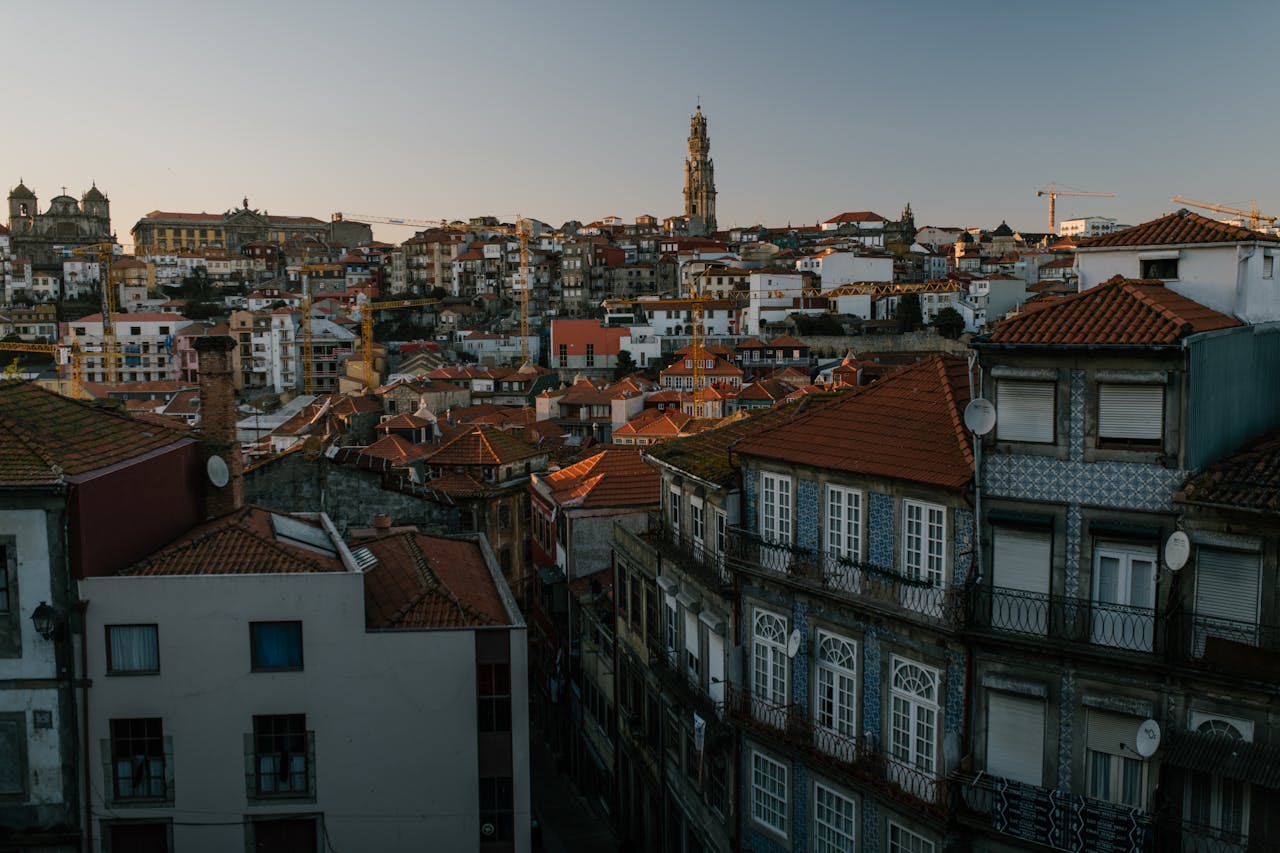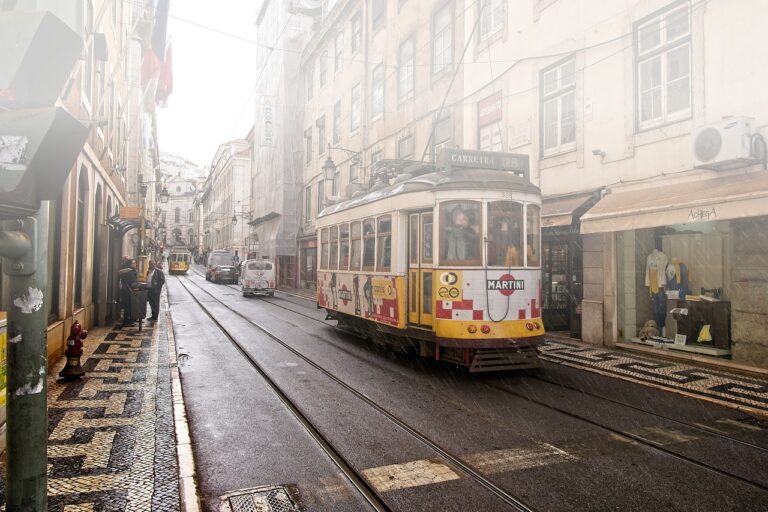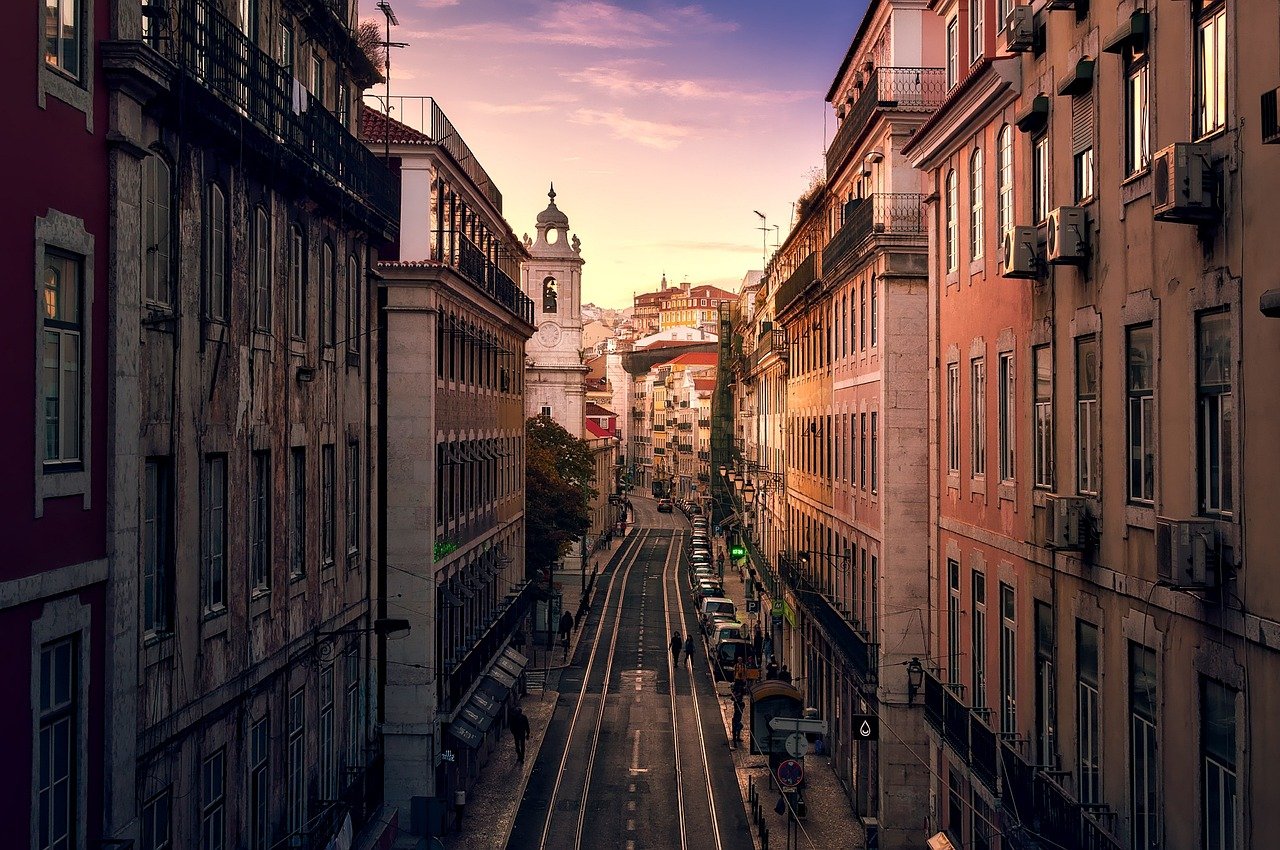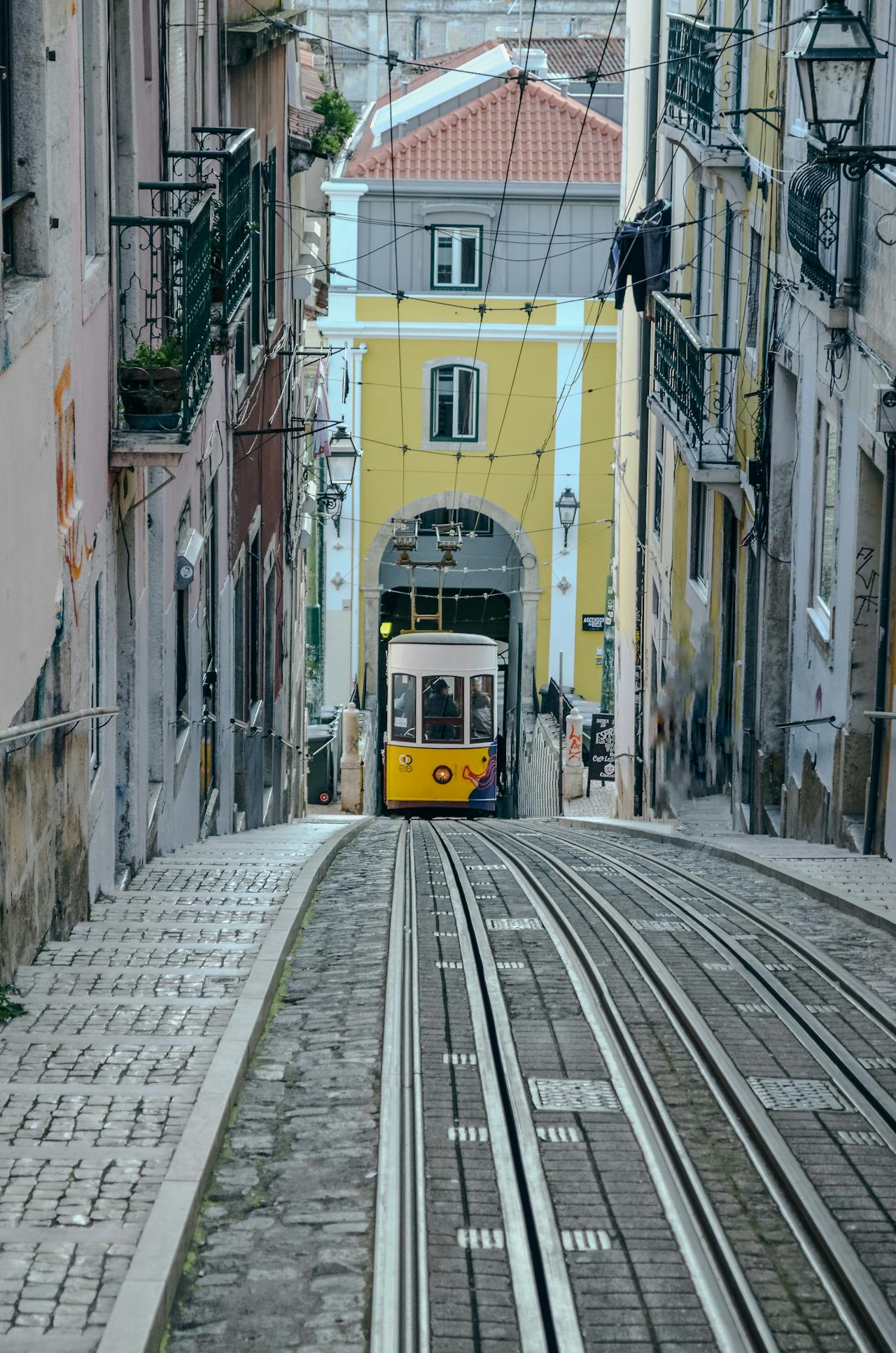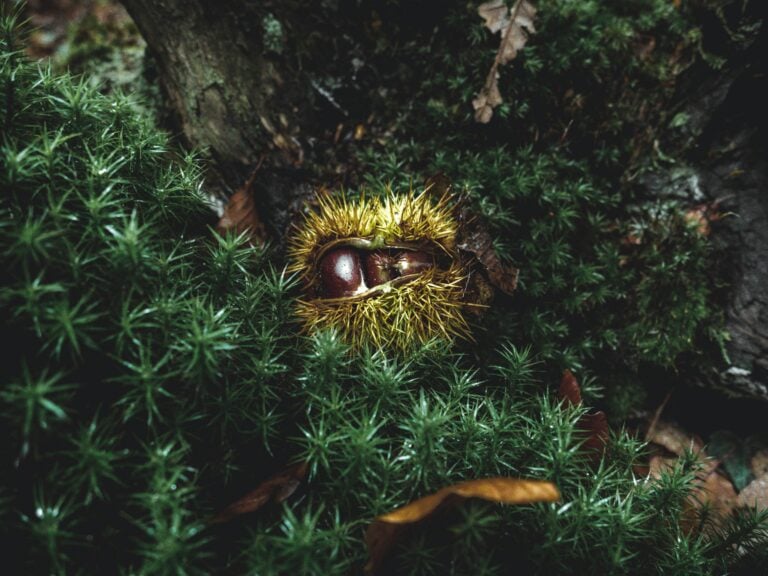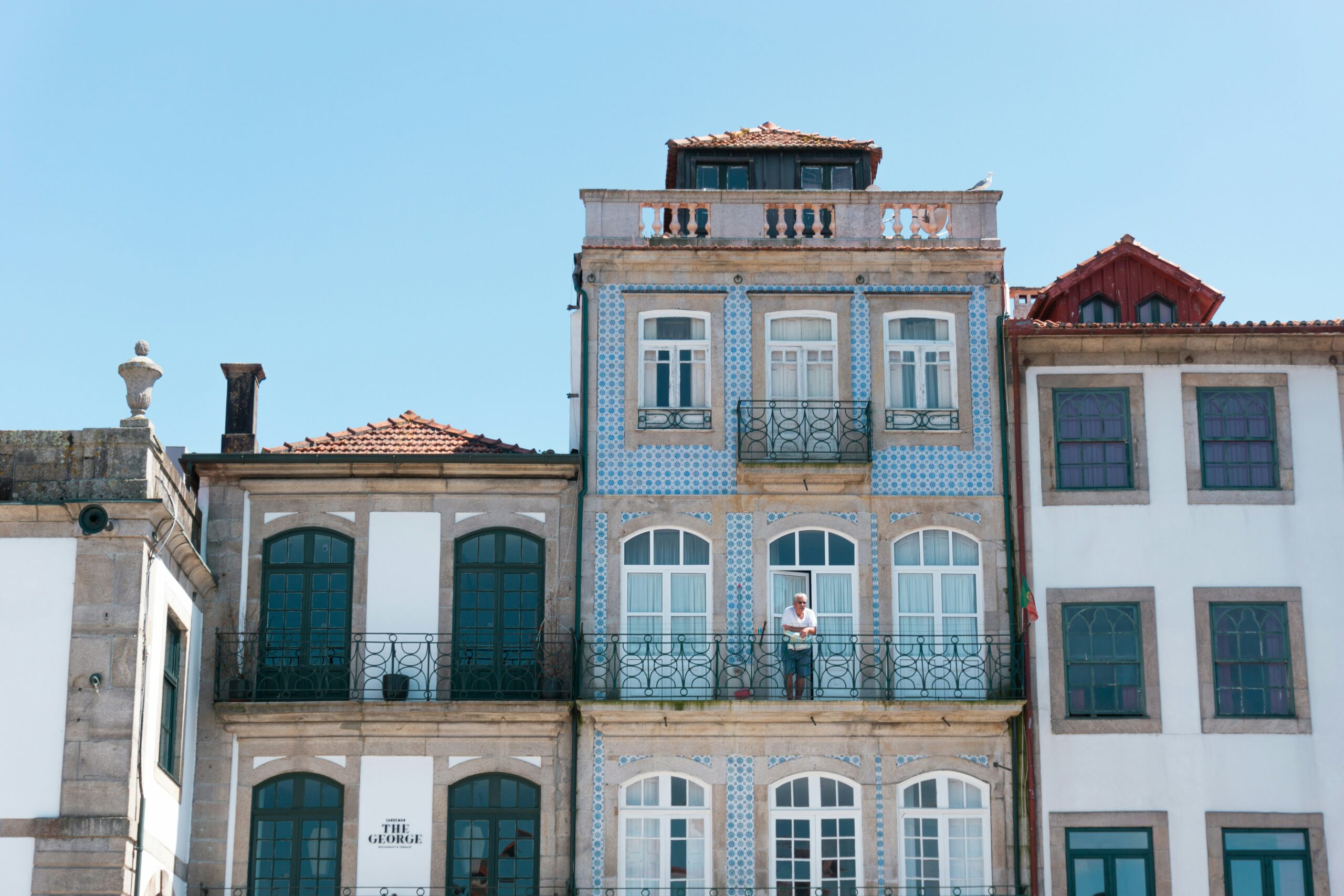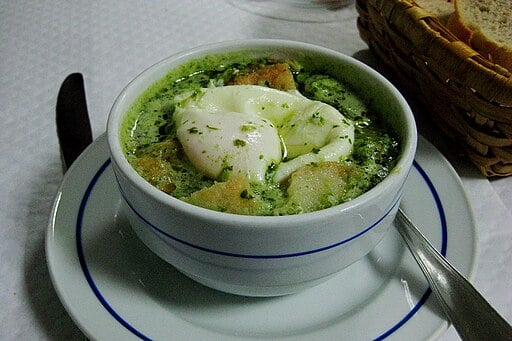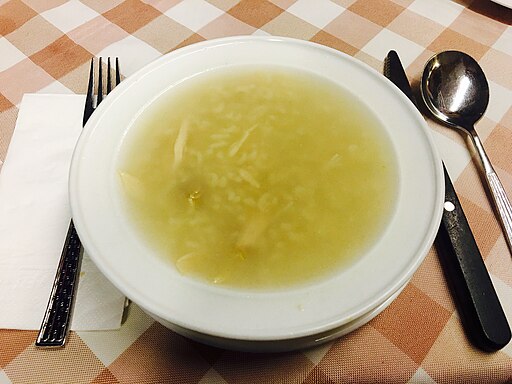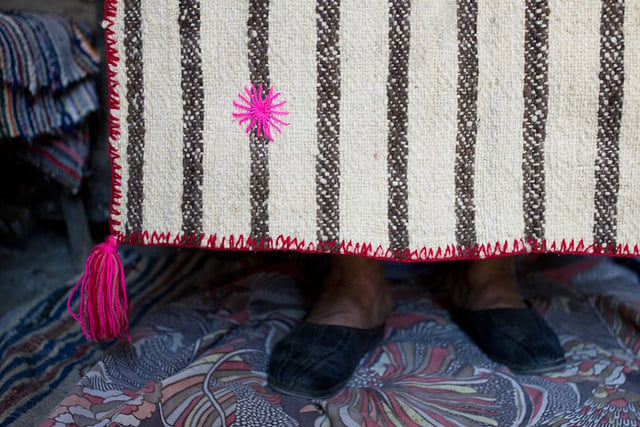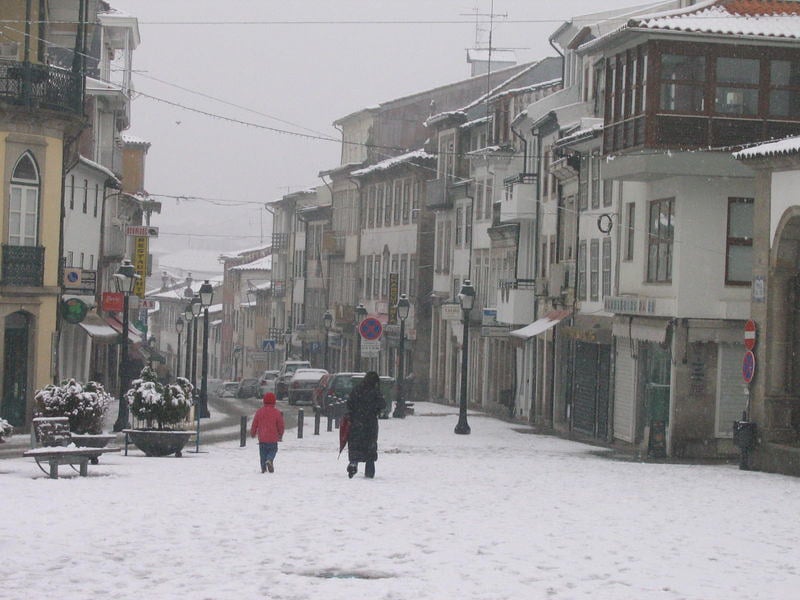1. IMF Praises Portugal, But Productivity and Investment Are Threats
The IMF praised Portugal’s impressive performance in recent years, noting economic trajectory with growth double that of the euro area. However, challenges such as low productivity and insufficient public investment pose threats. Dauphin emphasized the importance of addressing aging population and geopolitical tensions affecting inflation.
Pandemic recovery has led to increased savings and a desire to travel, contributing to a resilient labor market. Portugal’s increased attractiveness in tourism is essential for accelerating growth and improving living standards. Despite improvements in education, broader measures are crucial for productivity enhancement and reducing bureaucracy.
Addressing low productivity and public investment is key for continued economic growth. Portugal’s fiscal responsibility has resulted in a remarkable reduction of public debt, showcasing a strong consensus among policymakers on maintaining economic stability. The IMF forecasts growth around 2% this year, reflecting optimism despite existing challenges. Tourism remains a vital sector, underpinning the recovery and contributing to Portugal’s economic resilience.
Read more from our source here.
2. The Challenge for Portugal Is to Position Other Sectors Like Tourism
Portugal’s tourism sector is projected to close 2024 with “record-breaking revenues” of €27 billion, originally set as a target for 2027. At the APAVT Congress, Economy Minister Pedro Reis praised “the strength, conditions, and professionals” in tourism, calling it a “global leader” and emphasizing that the challenge is “to place other sectors where tourism is…in the first line.”
While tourism is “one of the main drivers” of Portugal’s economy, some argue it “negatively impacts residents” in certain cities through congestion and higher housing prices. Reis countered that tourism brings “quality, sophistication, and professionalism” to Portugal, adding that it serves as crucial “leverage” for industries like “real estate, agriculture, and hospitality,” extending benefits across the economy.
To prevent “oversaturation” in urban centers, the goal is a balanced territorial distribution and continued investment in “quality upgrades” across offerings. Portugal’s economic ambition, according to Reis, must focus on “execution, implementation, and shifting from diagnosis to action in reindustrialization and agricultural growth,” capturing global positioning as a “first-line” destination.
Read more from our source here.
3. Portugal Needs to Scale Its Businesses to Grow
The II Portuguese Business Congress, hosted by AEP (Portuguese Business Association) at Exponor in Matosinhos, focused on urging strategies to scale Portuguese businesses as a means to drive national growth. Key themes for economic development include ESG, artificial intelligence, and people-focused strategies, with speakers from top organizations like OCDE, The Navigator Company, Bial, and Sonae MC. José Manuel Fernandes, president of AEP’s General Council, emphasizes that Portugal’s tax structure, specifically the 31.5% IRC rate, acts as a “clear disincentive” for business expansion, while immigration policy should align with economic needs to bolster the workforce.
Fernandes highlights scaling as essential for “overcoming low productivity” and reaching EU standards, arguing that obstacles like excessive regulation and bureaucracy hinder Portugal’s economic competitiveness. Emphasizing the potential for growth through a favorable investment climate, he advocates reducing corporate tax and implementing support for knowledge development, talent retention, and demographic challenges. Expanding the economy in rural areas through foreign investment would “promote population stability” and foster local supplier networks, particularly in industrial sectors.
The AEP’s initiatives cover training, internationalization, technical information, and competitive growth, aiding over 4,000 companies in 2023 with extensive events, partnerships, and missions to international markets. AEP’s long history—175 years—mirrors Portugal’s industrial evolution, having pioneered training with the country’s first Escola Industrial, organized national and international expos, and created enduring support structures for companies. This legacy underscores AEP’s role as a vital advocate for Portugal’s business community and economic development.
Read more from our source here.
4. Portuguese Government to Launch €50 Million Sustainable Tourism Support Line
The Portuguese government will activate a new €50 million support line called Turismo+Sustentável, aimed at funding sustainable tourism projects, with management by the Banco Português de Fomento (BPF), as announced by the Minister of Economy today.
“Next week, we will launch this support line for sustainable projects, a €50 million fund designed in collaboration with Banco de Fomento, to be distributed through commercial banks,” said Pedro Reis at the 49th Congress of the Portuguese Association of Travel and Tourism Agencies (APAVT), held in Huelva, Spain.
According to Turismo de Portugal, this fund, managed by BPF, provides guaranteed credit to support investments in environmental sustainability, including energy management, water management, waste management, and biodiversity. The APAVT congress, concluding today, gathered 750 tourism industry professionals.
Read more from our source here.
5. Tumultuous Events Threaten Portugal’s Image
Riots in the Lisbon region threaten Portugal’s image as a safe country, impacting foreign investor confidence. The unrest, ignited by the tragic death of Cape Verdean citizen Odair Moniz, led to significant violence, including “numerous” incidents of burning vehicles, stoning police cars, and injuries. Foreign investors expressed surprise and concern in WhatsApp groups, highlighting the importance of Portugal’s safety perception. This situation could affect the country’s ranking in the Global Peace Index, where Portugal is currently the seventh safest country in the world, reflecting a decline from previous years.
The government announced measures to monitor inappropriate behaviors, indicating the severity of the unrest. “There’s a certain astonishment among people,” noted investor Stephan de Moraes. Prompt resolution of the turmoil is crucial to avoid reputational damage. Over the last decade, the stock of foreign direct investment in Portugal has risen significantly, attributed to the perception of safety and the regime of golden visas. However, ongoing disturbances can jeopardize this positive image, especially as international media coverage amplifies concerns about public order.
The underlying issues of economic inequality are crucial. “The lack of opportunities leads to protests of discontent,” suggests de Moraes. Investors are increasingly attentive to security matters, particularly given the current tensions. Quick and decisive government action is needed to restore investor confidence and prevent further deterioration of Portugal’s international standing as a safe haven.
Read more from our source here.
6. Group of Citizens Files Criminal Complaint Against André Ventura and Pedro Pinto for Statements Related to the Death of Odair Moniz
A group of citizens, including former Minister Francisca Van Dunem, has filed a criminal complaint against André Ventura and Pedro Pinto for statements deemed “incitement to crime” and “glorification of criminal acts.” Pinto, the parliamentary leader of Chega, remarked that “if security forces shot more to kill, the country would be more orderly,” while Ventura defended the police officer involved in the shooting of Odair Moniz, asserting, “we should thank this police officer.” The complaint has gained support from notable figures like João Maria Jonet and Isabel Moreira, with Van Dunem emphasizing that “no democrat can ignore these statements,” urging for a collective response against the climate of hatred and violence.
The proposal for the complaint argues that Pinto’s statements encourage the improper use of weapons by security forces, representing “glorification of a crime.” The signatories contend that both Ventura and Pinto incited “disorder and disobedience” among security agents, thereby committing “incitement to collective disobedience.” Additionally, statements from Ricardo Reis, who thanked the police officer on social media, were cited as constituting a crime of criminal association. The complaint reflects a growing concern over statements that undermine respect for the law and promote violence in the wake of recent events.
Read more from our source here.
7. From Jewelry to Modern Painting, Lisbon’s Autumn Fair Is Coming
Jewelry pieces, silver, contemporary and modern paintings, sculptures, sacred art, earthenware, furniture, and porcelain. This is the showcase of antiques and art that you will find at the fifth edition of the Autumn Fair. Held at the National Society of Fine Arts, the event organized by the APA – Portuguese Association of Antiquarians returns from November 13 to 17. The event dedicated to contemporary art and antiques brings together a total of 17 Portuguese antiquarians and gallery owners, who present “unique and carefully selected pieces for a fair that has become part of Lisbon’s cultural agenda,” as stated by the organization in a press release.
Internationally renowned for their paintings, the fair will highlight works by Sonia Delaunay, Paula Rego, Vieira da Silva, and Manuel Cargaleiro. Pedro Cabrita Reis and Fernando Daza will represent the contemporary art segment, with additional emphasis on pieces by Júlio Resende, João Vieira, and Rogério Ribeiro. Luiz Ferreira, Manuel Alcino, and others will bring pieces in Portuguese silver. Alongside all the artworks and antiques present at the fair, the APA’s leadership emphasizes that the goal is to “promote and deepen the opening to various artistic expressions, enabling a dialogue between the ancient and the contemporary.”
Where? Rua Barata Salgueiro, nº36 . When? November 13-17 / Wed-Sun / 15:00-21:00. How much? 12€ (the double ticket costs 20€).
Read more from our source here.
8. Portugal Plans to Purchase 36 Pieces of Artillery Military Equipment by 2034
Portugal plans to acquire 36 modern artillery systems by 2034, aiming to replace outdated equipment in the Armed Forces. The Minister of National Defense, Nuno Melo, indicated that the investment is part of the Military Programming Law (LPM), which allocates 60 million euros by 2026. This initiative aligns with the goal of achieving 2% of GDP for Defense by 2029, covering investments across all branches of the military.
The recent signing of a protocol with France represents a significant step, aiming for a unified artillery system to replace the current three different systems, which present logistical and operational challenges. General Eduardo Mendes Ferrão emphasized that these new systems will be digitized, facilitating easier logistics and greater interoperability with allies. The modernization process will also reduce the number of operators needed, significantly decreasing personnel requirements for artillery operations.
Melo highlighted the government’s commitment to prioritizing defense, noting recent increases in salaries and allowances for military personnel. With a focus on equipment modernization, this initiative reflects a broader strategy to enhance military capabilities while maintaining attention to recovery and support for personnel. The government aims to create a streamlined, modern, and effective military framework that aligns with international standards.
Read more from our source here.
9. There Are More 3,344 Teachers in Schools, but There Are Still 23,000 Students Without Classes
The plan “More Classes, More Success” accounts for the return of 557 teachers who left the profession. Despite the increase in teachers, “around 23,000 children and youth” still face missing teachers from at least one subject. The Minister of Education, Fernando Alexandre, emphasized: “We cannot live with thousands of students without classes.”
Alexandre presented figures from the plan’s implementation, noting that 54,000 students have experienced gaps in at least one subject. Over 7,000 students now have classes, thanks to teachers who agreed to extend their hours. This plan includes 17 measures aimed at reducing the number of students without teachers, yet approximately 23,000 remain without adequate instruction. The current school year has been challenging, with ongoing efforts to address issues in various disciplines and a commitment to improve teacher recruitment.
In the sectoral policy debate, Alexandre criticized “zigzagging opinions” and insisted that education policies must be guided by data and studies. He noted that “a review and update of all subjects” is in progress, expected to take effect in the next school year. He reiterated that schools need focus, not disruption, highlighting that there is room for improvements in the educational system. The minister also acknowledged the importance of prioritizing educational resources and fostering a more effective learning environment for all students.
Read more from our source here.
10. Portuguese National Stock Exchange Prepares to Say Goodbye to Greenvolt
The American fund KKR (Kohlberg Kravis Roberts) has become the owner of 97.6% of the Portuguese company Greenvolt after a Public Offering for Acquisition (OPA) allowed GVK Omega, a vehicle created by the Americans for this operation, to acquire a stake in the capital that it did not previously hold. Now, the Portuguese company led by João Manso Neto is preparing to bid farewell to the national stock market.
The results of the operation were announced this Friday after the market closed by Euronext, the company that manages the national stock exchange. Greenvolt ended the day down 1.32%, with shares priced at €8.2. GVK Omega paid an additional €19.7 million for 12.08% of Greenvolt’s share capital, along with the purchase of another 18.93% for €30.9 million, which included settling a swap contract made with Mediobanca, the operation’s intermediary. Adding these transfers to the shares already held (66.63% of the capital), KKR now owns 159.4 million shares of Greenvolt, equivalent to 97.6% of the capital.
This operation values each share at €8.310, raising the market capitalization of the Portuguese company to €1.35 billion. Once KKR surpasses the 90% threshold, they will initiate the mandatory OPA mechanism to delist the company from the stock exchange. Yesterday marked the last day of the offer period, which began in December of last year with the preliminary announcement of a voluntary offer. The settlement of the OPA will occur on October 29. Note that KKR is a global investment firm that provides alternative asset management as well as capital markets and insurance solutions.
Read more from our source here.

